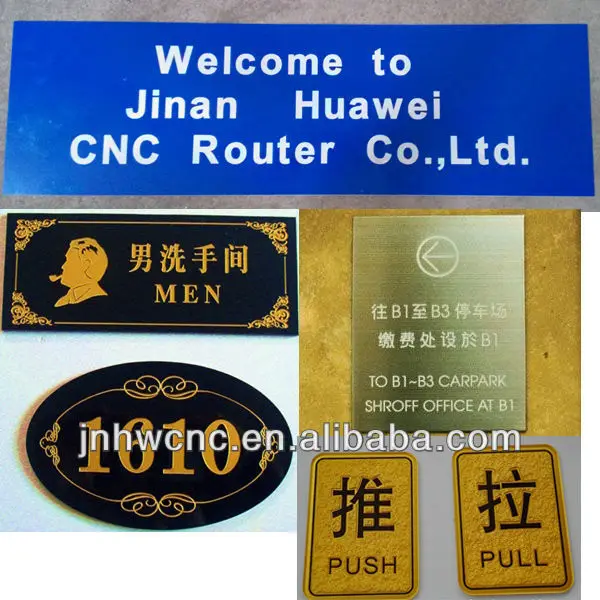

11 only one stream of representative development is given to offer a historical perspective, and similar developments can be seen in tungsten and rhenium catalysts. And recently, unsymmetrical catalysts ( 36, 37) with two different monodentate ligands have been used for increasing the reactivity. Chiral bidentate O-based ligands were also used to prepare catalysts like 34 and 35 that found utility in asymmetric synthesis. Early catalysts, such as 30 or 32, were modified with different alkoxy or imido ligand to give new systems, such as 31 and 33. In addition, isopropyl ( iPr) or tertiary butyl ( tBu) functional groups were used for creating a sterically hindered environment to prevent decomposition of catalysts through interaction between two reactive alkylidene complexes and dimerizations that involve metal-metal bond formations. Earlier work focused on molybdenum and tungsten, and alkoxy ligands were particularly successful in stabilizing the catalyst, while enhancing the reactivity at the same time. Following the paradigm of early transition metals in high oxidation states, many Schrock type metal alkylidene or alkylidyne complexes have been prepared and tested as olefin metathesis catalysts, some notable examples of which are represented in Fig.


 0 kommentar(er)
0 kommentar(er)
